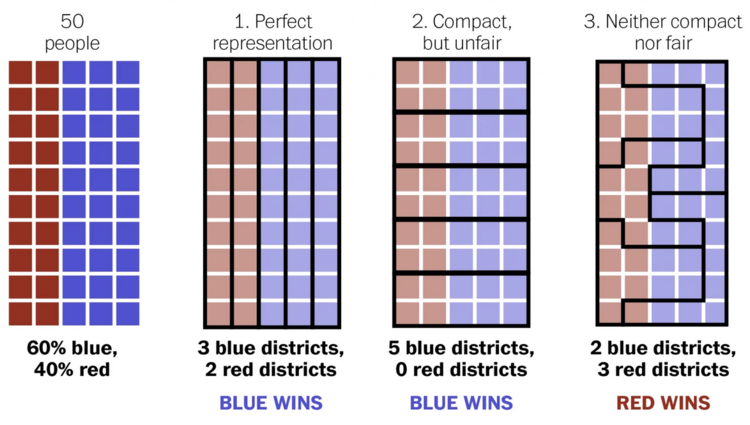As a Human Geography tutor and teacher one of the key terms I teach my students is supranational organizations. They are defined as a group of 3 or more countries that agree to work together towards common goals. These goals may be political, economic, or cultural. The European Union is used most often as the best example of a supranational organization, although that reputation has recently taken a hit.
The United Kingdom held a referendum yesterday to decide whether or not to remain part of the European Union, or “Brexit” as it was called in place of “British Exit.” The results were close but the push to leave the EU won by a margin of roughly 52 to 48 percent. While it will be several years before the UK formally breaks away from the rest of Europe the impact has been felt immediately. The global financial markets have dropped and the value of the British currency, the Pound, has dropped to its lowest level since the peak of the last recession in 2009. The next few months will determine whether this is a short term drop or the start of a long term decline. The economic impact is not limited to Britain and Europe but will be felt globally.
Also, Scotland overwhelmingly voted to remain part of the EU. Only two years removed from an election on whether or not to remain part of the UK there is a growing fear that the Scots might call for another vote and formally break away this time. Additionally, there are concerns that other countries might follow Britain and break away from the EU. If that were to happen it could be a potential death blow to the organization. Ultimately, only time will tell how far reaching the “Brexit” election results will be.



